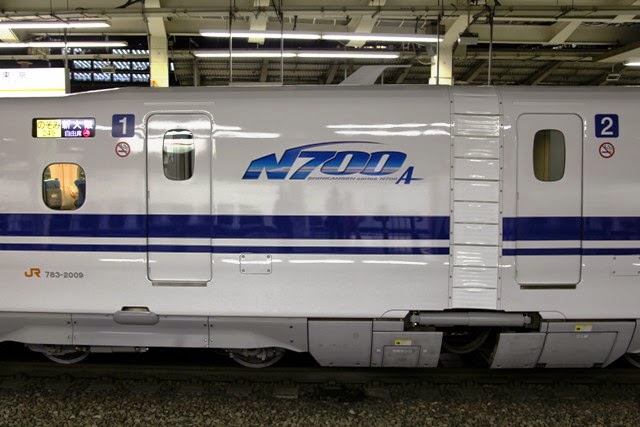EMU KRL Jabodetabek KFW I-9000 series stands at Jati Negara Station in Indonesia
Photo: Faris Fadhli
Photo: Faris Fadhli
I have received news from an Indonesian rail fan. A domestically-manufactured EMU has been launched in Jakarta. My thanks go to Mr. Faris Fadhli, who kindly sent me the photo.
Look at the top picture. It is the type KFW I-9000, manufactured by PT INKA, Indonesian Railway Industries this year. It is an air conditioned 4-car narrow gauge EMU. The VVVF (variable frequency drive) electric control system with induction motors is equipped technically assisted by Siemens. A total of four sets, 16 units have been manufactured so far. The European style (?) rounded stainless steel body is quite unique. The ten rounded front lights are also eye-catching... but what for?
When I was stationed in Indonesia from 2007 to 2011, I often rode Indonesia's first domestically-produced EMU, namely the type KRL-1 (see the following photo). It was also produced by INKA, using European railway technologies. The KFW I-9000 is the second domestic EMU in Indonesia.
Recently, the railway operator, KRL Jabodetabek (Jakarta Metropolitan Electric Commuter Railway, a subsidiary of Indonesian National Railway, PT KAI), is pursuing modernization of the line. For example, all non-air conditioned trains have been taken off the route. Instead, they are importing air conditioned secondhand EMUs from Japan, such as the Tokyo Metro 6000 series and the JR East 205 series.
I wish Jakarta further success in the modernization of its railways, as improvements of public transportation, specifically railway networks, are essential for this growing giant city.







































